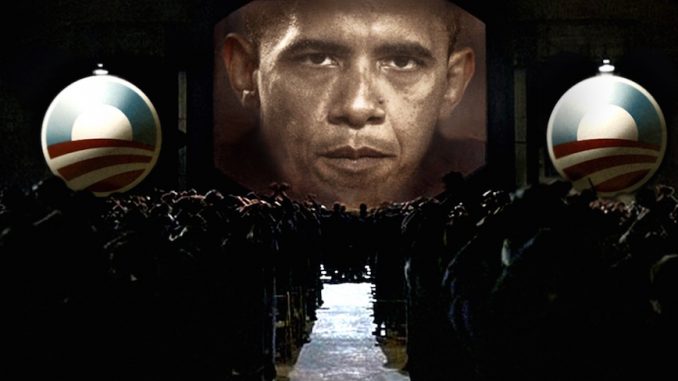
President Obama has signed an executive order giving the U.S. government the ability to conduct “behavioural experiments” on U.S. citizens.
The executive order reads, “A growing body of evidence demonstrates that behavioral science insights — research findings from fields such as behavioral economics and psychology about how people make decisions and act on them — can be used to design government policies to better serve the American people“.

BYPASS THE CENSORS
Sign up to get unfiltered news delivered straight to your inbox.
You can unsubscribe any time. By subscribing you agree to our Terms of Use
Latest Video
Dailycaller.com reports:
The new program is the end result of a policy proposal the White House floated in 2013 entitled “Strengthening Federal Capacity for Behavioral Insights.”
According to a document released by the White House at that time, the program was modeled on one implemented in the U.K. in 2010. That initiative created a Behavioral Insights Teams, which used “iterative experimentation” to test “interventions that will further advance priorities of the British government.”
The initiative draws on research from University of Chicago economist Richard Thaler and Harvard law school professor Cass Sunstein, who was also dubbed Obama’s regulatory czar. The two behavioral scientists argued in their 2008 book “Nudge” that government policies can be designed in a way that “nudges” citizens towards certain behaviors and choices.
The desired choices almost always advance the goals of the federal government, though they are often couched as ways to cut overall program spending.
In its 2013 memo, which was reported by Fox News at the time, the White House openly admitted that the initiative involved behavioral experimentation.
“The federal government is currently creating a new team that will help build federal capacity to experiment with these approaches, and to scale behavioral interventions that have been rigorously evaluated, using, where possible, randomized controlled trials,” the memo read.
That document cited examples from the U.K. which showed that sending out a letter to late taxpayers which read “9 out of 10 people in Britain pay their taxes on time” led to a 15 percent increase in compliance.


